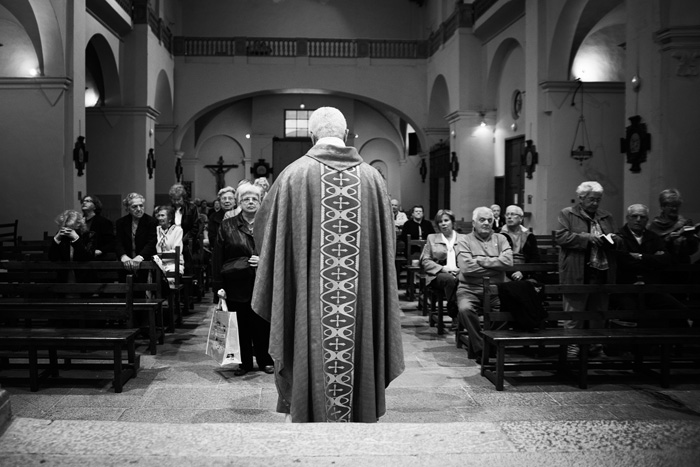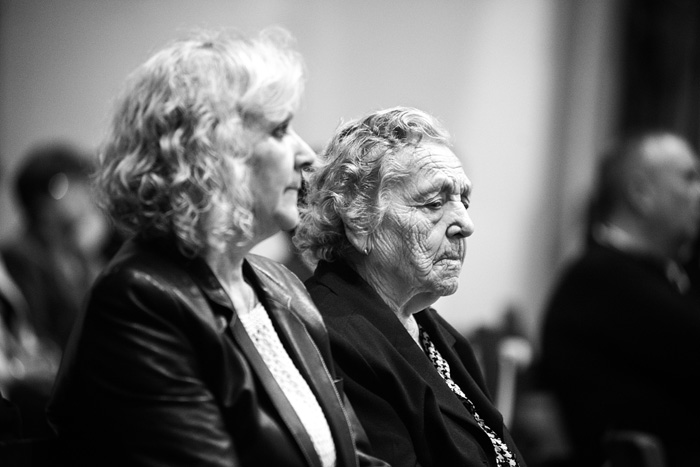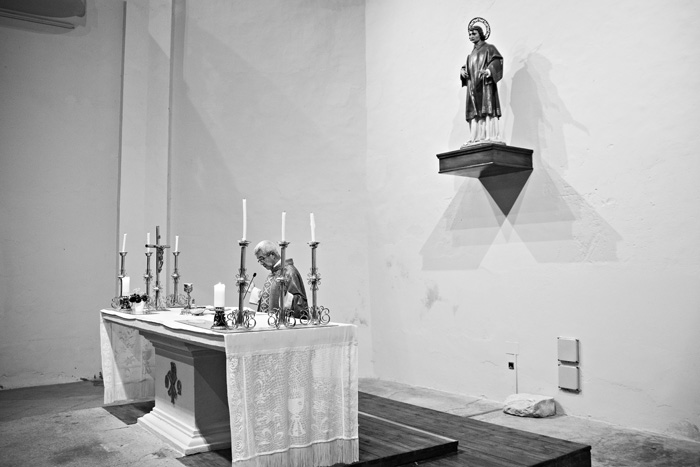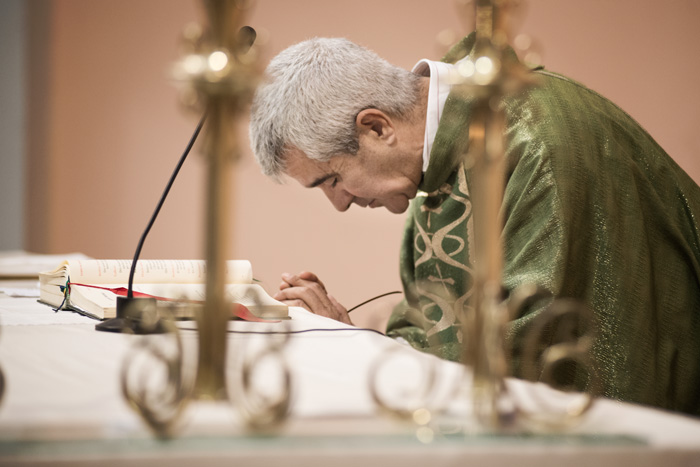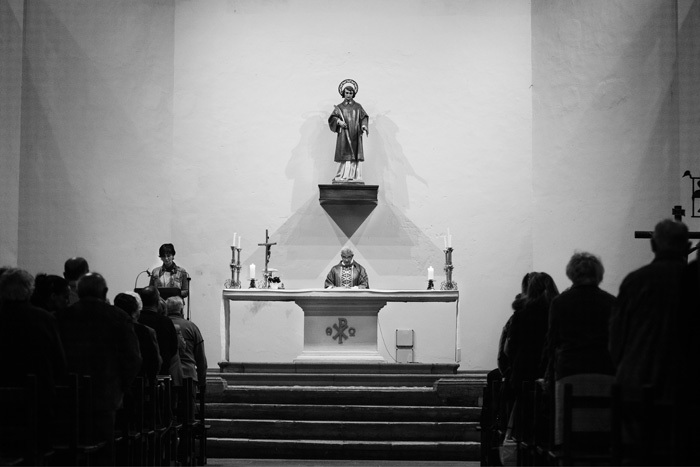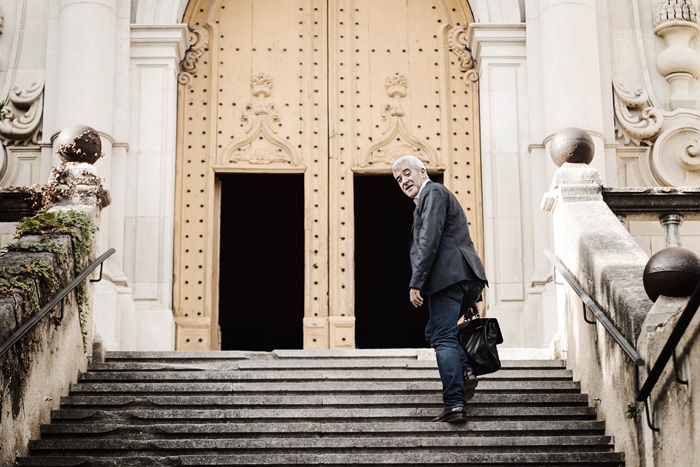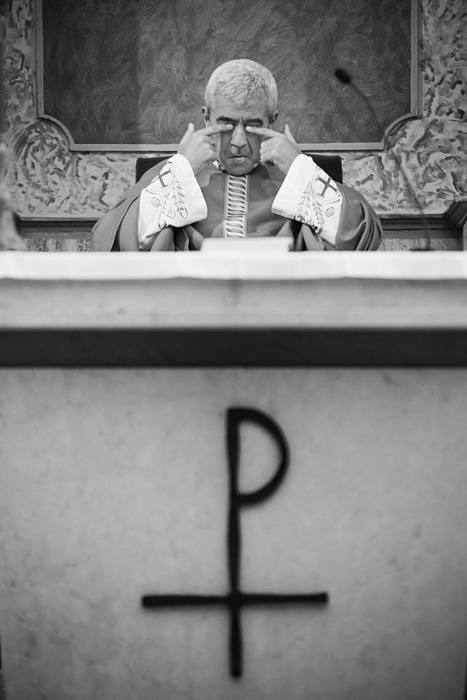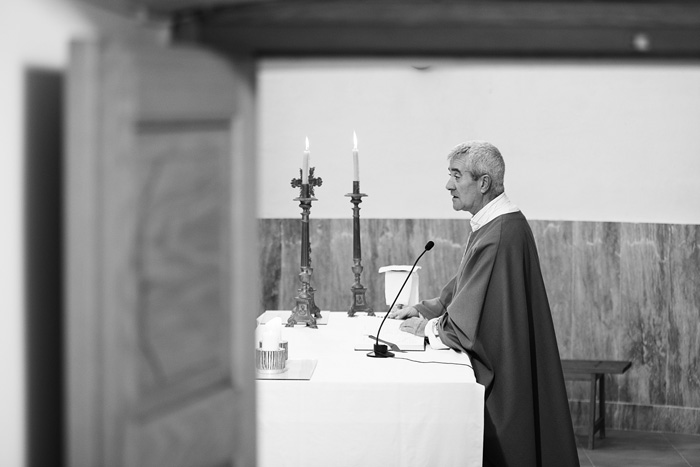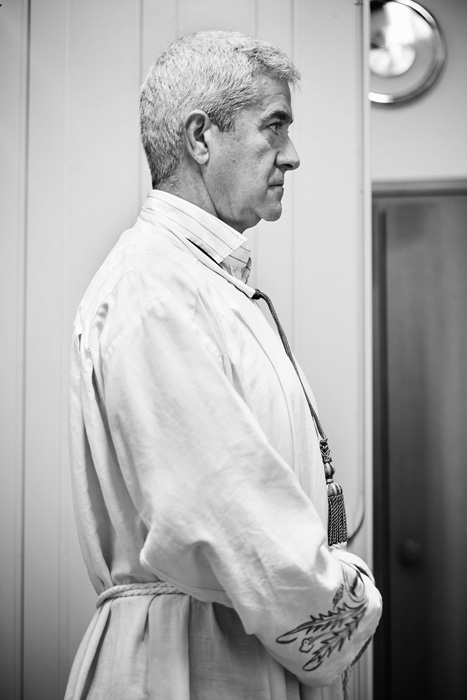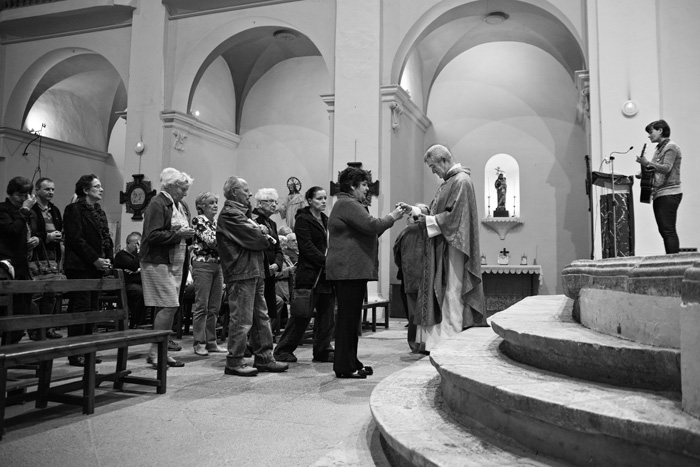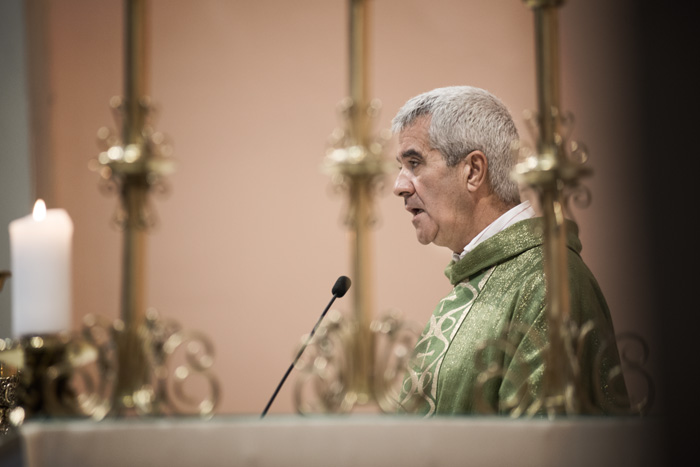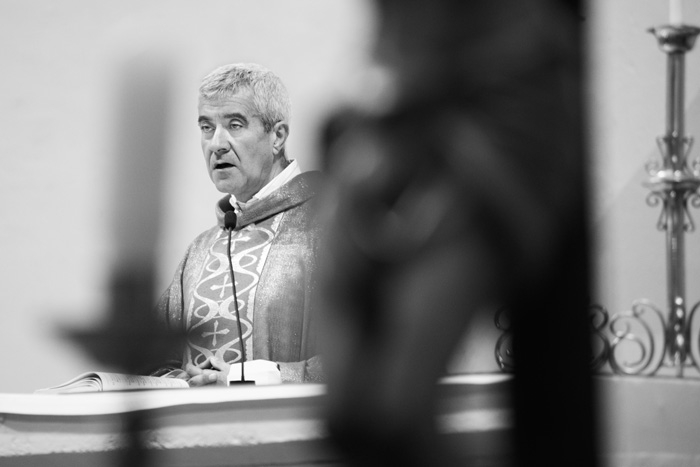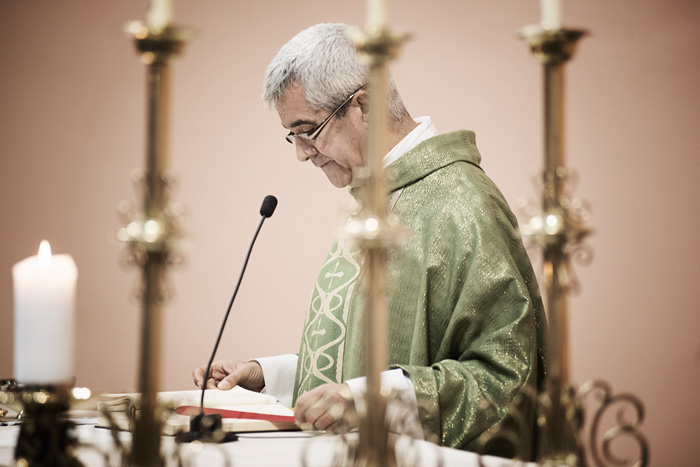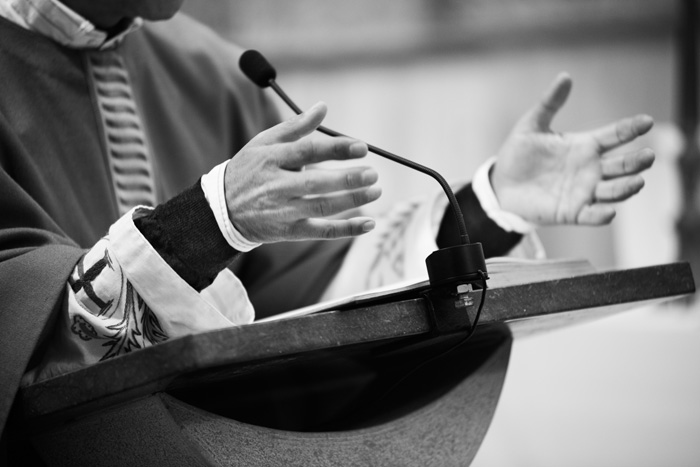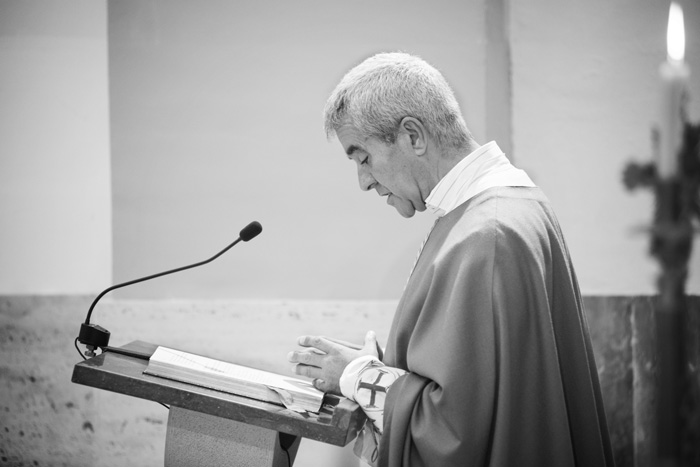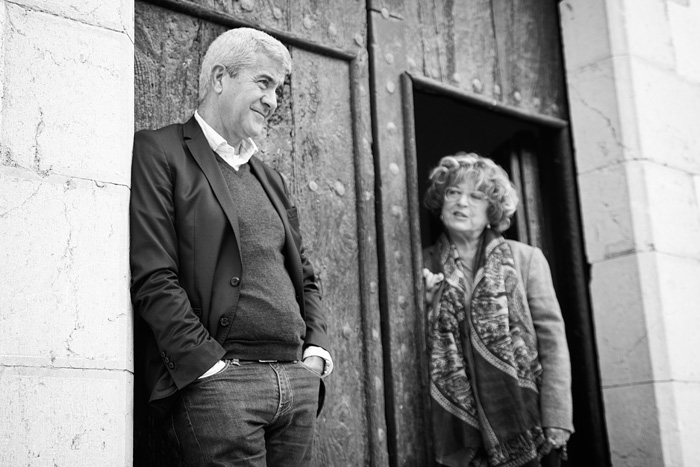From the Sacristy
Portraying God's way
“This land is not what it used to be”, Antoni said while watching his cup of tea.
Llançà is a little town of north Catalonia, bathed by Mediterranean sea and just a few kilometers far from the French border.
Forty years ago this breezy area from Spain was an art capital thanks to Dalí, Picasso or Josep Pla, who often visited or stablished in Costa Brava villages.
“Years ago, specially in summer, Llançà was a bustling city with live music and noisy people with different accents” Antoni said.Antoni was the priest of the region. He used to drive along picture-postcard landscapes and winding roads that connect small towns. He was the conductor of the periodic religious services, and this still commands respect among that population.
But Antoni was not the kind of priest that settle with his job. Although in the civil war the baroque altarpiece from the Llançà church was destroyed, he wanted to restore some dignity to that holy place.
“I don’t like to relinquish the symbols” he said.
When he moved to this region, he wanted to get back the altar to its original place. The latest priest built a smallest altar inside the main one, this way it felt a bit less empty for their few parishioners.
Antoni also liked to celebrate Mass with his cassock with gold filigree, one color for each kind of ceremony.
“Beginnings are never easy. You have to deal with all those people who don’t like to move forward!”
Antoni, my older brother, was an atypical priest who could be proud to fill old churches with elder and younger generations. May he rest in peace.

